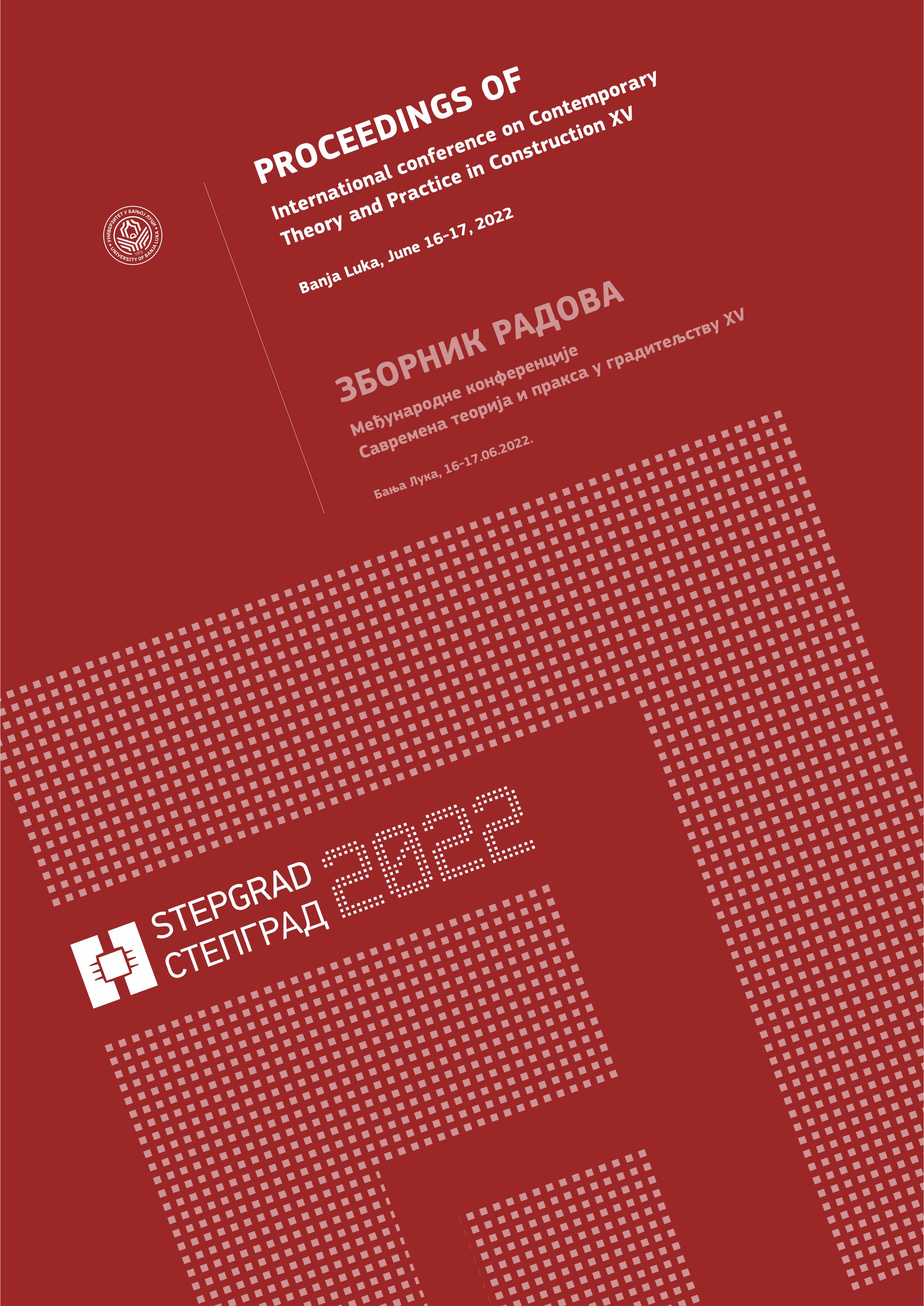AN EXAMINATION OF THE IMPACT OF THE SPATIAL LAYOUT OF MARKET STALLS ON THE QUALITY OF THEIR VISIBILITY USING ISOVIST FIELD: A COMPARATIVE ANALYSIS
DOI:
https://doi.org/10.7251/STP2215393MAbstract
City markets attract people with their content. Whether this content will be visually perceived depends on its exposure to users. It is generally known that users naturally gravitate towards spaces that are clear and easy to navigate. Visual-spatial quality is therefore one of the main characteristics of such city spaces, which are often overlooked in the design process, and it is necessary to work on their improvement. The purpose of this research is to make a contribution in terms of the possibility of incorporating visibility analysis into the decision-making process in city markets design by using isovist fields to evaluate their visual-spatial configurations.
References
L.S. Davis and M. L. Benedikt, “Computational models of space: Isovists and isovist fields,” Computer Graphics and Image Processing, vol. 11, no.1, pp. 49-72, 1979.
M.L. Benedikt, “To take hold of space: isovists and isovist view fields,” Environment and Planning B: Planning and Design, vol. 6, no.1, pp. 47-65, 1979.
A. Turner, M. Doxa, D. O’Sullivan and A. Penn, “From isovist to visibility graphs: a methodology for the analysis of architectural space,” Environment and Planning B: Planning and Design, vol. 28, pp. 103-121, 2001.
A.E. Stamps III, “Isovists, enclosure, and permeability theory,” Environment and Planning B: Planning and Design, vol. 32, pp. 735-762, 2005.
M. Batty, “Exploring isovist fields: space and shape in architectural and urban morphology,” Environment and Planning B: Planning and Design, vol. 28, pp. 123-150, 2001.
M.J. Ostwald and M. Dawes, “Using Isovists to Analyse Architecture: Methodological Considerations and New Approaches,” The International Journal of the Constructed Environment, vol. 3, no. 1, pp. 85-106, 2013.
K. Hadi and C. Zimring, “Design to Improve Visibility: Impact of Corridor Width and Unit Shape,” Health Environments Research & Design Journal, vol. 9, no. 4, pp. 35-49, 2016.
E. Morello and C. Ratti, “A digital image of the city: 3D isovists in Lynch's urban analysis,” Environment and Planning B: Planning and Design, vol. 36, pp. 837-853, 2009.
R. Conroy. “Spatial navigation in immersive virtual environments.” Doctoral thesis (Ph.D), The Faculty of the Built Environment, University of London, UK, pp. 157, 2001

